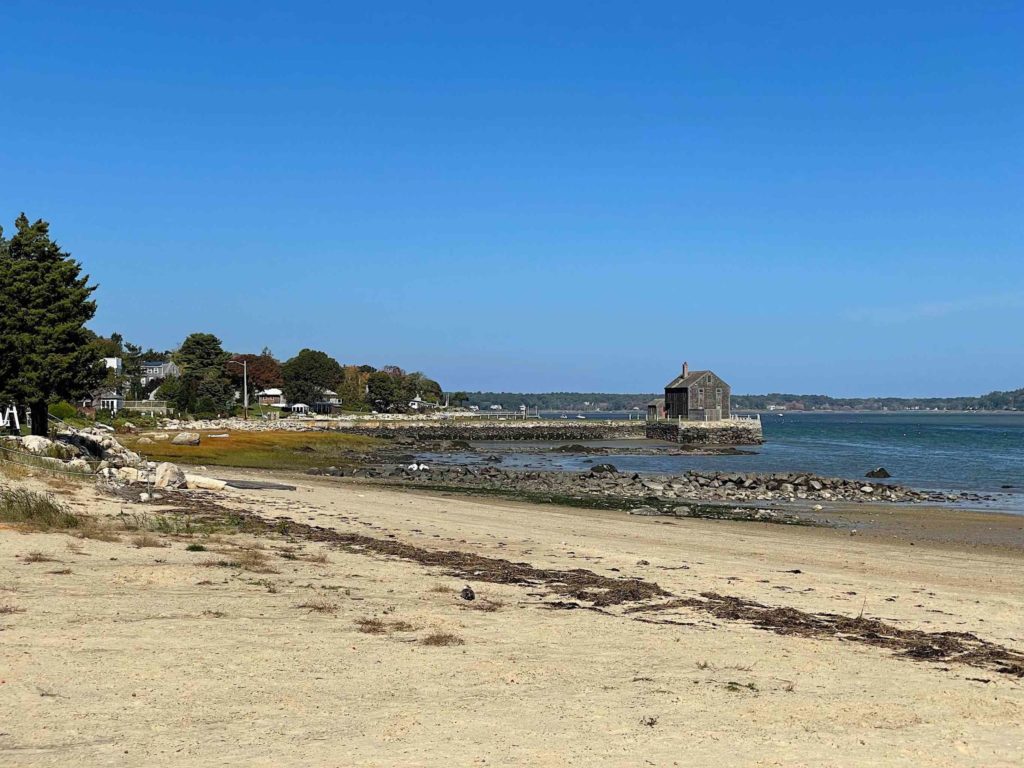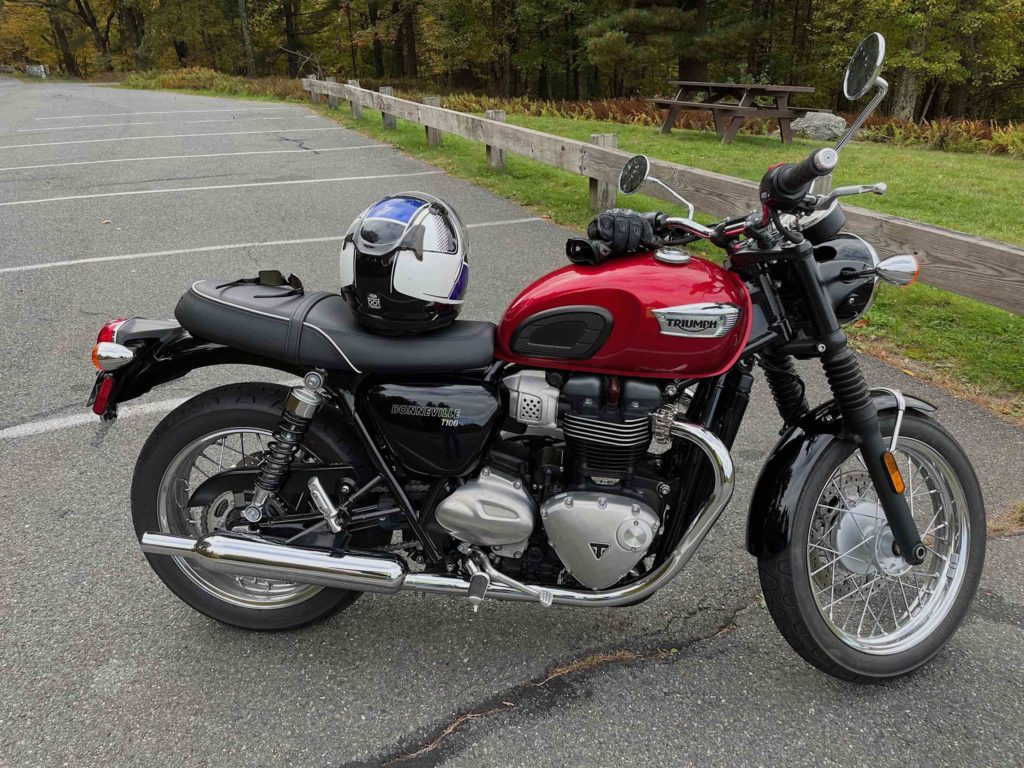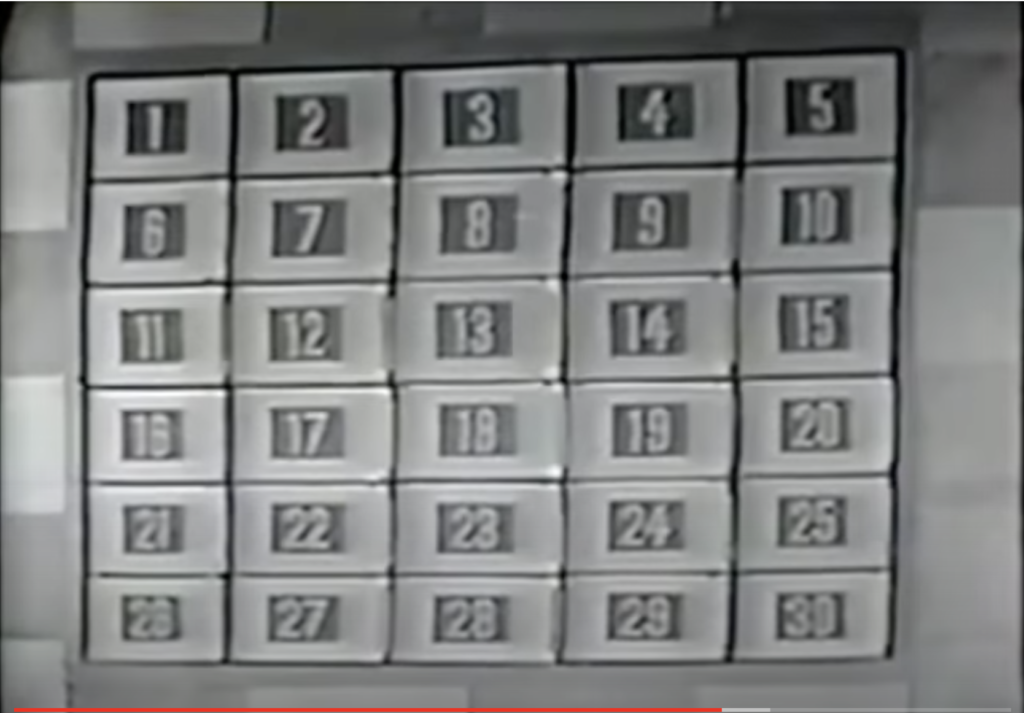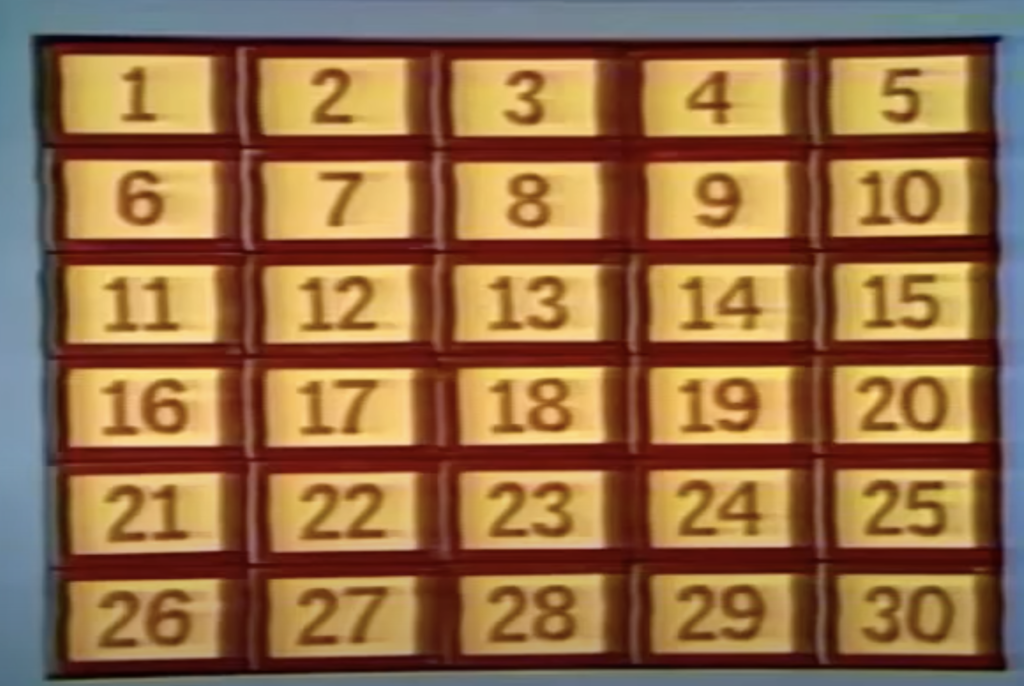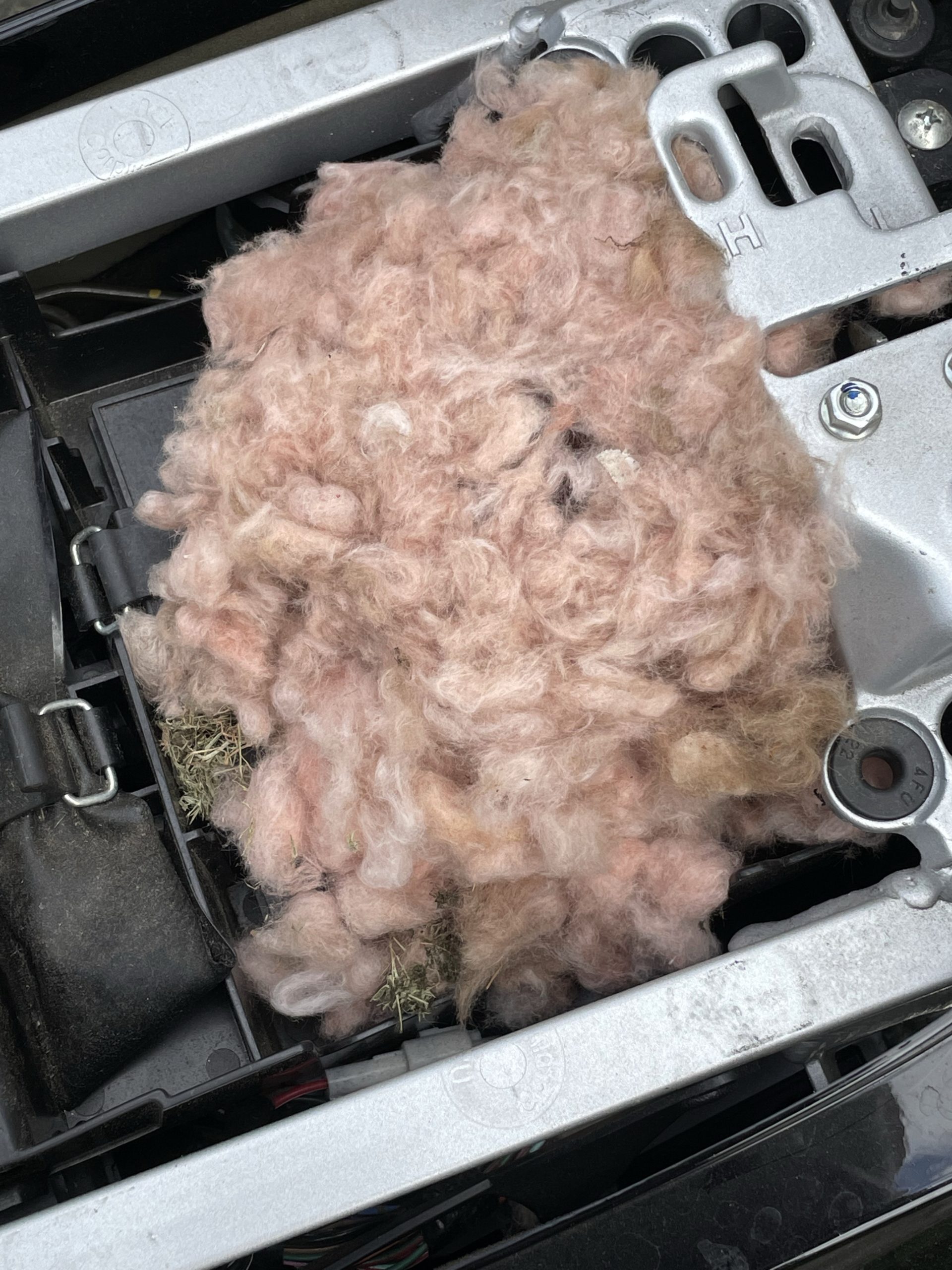It took me a little while to come up with an idea for the card this year. I did take a second look at some of the Christmas light photos I shot in 2016 for the card that year; as it turns out, the same pictures I decided not to work with then, still didn’t speak to me now.
There is also a part of me that is getting tired of creating a new card each year; at some point the card will be a photo of all the prior year’s cards in a basket, and that will probably be the last one. I’m not quite at that point yet, though.
Mum and I got our COVID booster shots at Walgreens a few Saturdays ago; when you get a vaccine dose, you have to stick around for 15 minutes just in case you have an allergic reaction so that they can respond to it. So we fumfed around the seasonal aisle there, and they had a gingerbread house kit. I saw it, and went hmmmm.
Comes a week later, and I still hadn’t gotten any other ideas, so I decided to do it. So I went back to Walgreens and picked up a gingerbread house kit. I realized I needed something to act as a snow surface, so I went over to Michael’s to find some fake snow. I could not find any, and I couldn’t find a single staffer in the store who wasn’t running a register to help me. So I picked up a bag of white cotton, and some deer figurines and miniature trees.
Putting the kit together was pretty simple — the only surprising part was how long it took, because there were several points where you glue a couple of pieces together with icing, and then have to let it sit for 15 minutes while the icing set.
The photography was a problem. What I should have done was pick up a piece of white posterboard to act as a seamless background. What I did do was use the “desktop studio” I got a couple of years ago. It’s basically a 16″ x 16″ x 16″ lightbox, with a small pair of halogen lights to be positioned outside the studio, with red, black, white and blue backgrounds. The sides of the box are intended to diffuse the light to provide a nice soft illumination of the object inside.
Unfortunately, the studio was a little too small for the gingerbread house. It was hard to frame the picture so that the sides of the studio were not too visible. The backgrounds are not really seamless, since they came folded, and have a number of creases. I managed to get a couple of pictures, and then decided to try repositioning the lights outside the studio. While moving the right side light, the cord on the left side light got pulled, it fell off the table, and blew the bulb. So now, I had to live with one of the shots I already had.
None of them were particularly good; this one was the best of a bad lot:

It’s reasonably evenly lit, but the background is very visible, and the rightmost tree is crooked, and the cotton is pretty sparse in the left front. This turned out to be a fairly major Photoshop job.
First step was to do some basic color correction and lightening of the image.
Second step was to run a Gaussian blur against the background. I selected the area behind the scene, and run a strong blur against it.
Next, I used the stamp tool to even out the cotton “snow”
I’d created two different exposures of the photo when I ran the picture through Camera Raw; now I copied the left side roof from the darker version and combined it with the lighter version, where the roof was burned out.
Then I selected the rightmost tree, and rotated it a few degrees counter clockwise to straighten it out. I ended up using parts of the original layer underneath the working layer, but it ended up OK, even though I probably didn’t do it the right way.
The background was still too dark, so I masked the scene, and started lightening the background, to get it whiter.
Finally, I added some decorations and lights to the trees, then masked out a vignette area around the edges so that the photo would fade to white when printed on the card.
Then I brought it into Pages, using one of my prior year’s templates. When I printed it out, I found the background was still too dark. I ended up just making most of the background part of the scene transparent, so that when laid over a white background, it was white. In hindsight, I should have just extracted the scene from its background, and called it a day. I’m not thrilled with the little vestiges of the blurred background around the scene.
The next problem was what to put inside the card. The only card stock I could find at Staples when I went was half fold card stock, meaning the cards would be full size. I worked off my 2018 card, renamed the file, and changed the images inside. Unfortunately, I just haven’t done much interesting this year, so picking the pictures was hard. I ended up choosing half the pictures from our time on the Cape, and the last couple from a kayaking trip on the Charles.
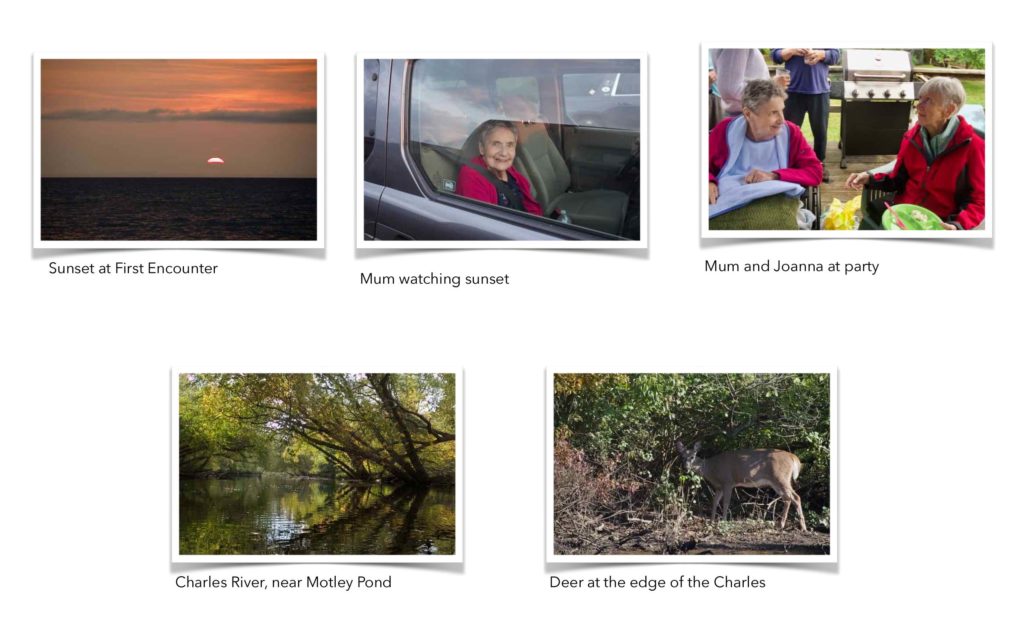
For the text, I decided to riff on the subject matter and wished people a Merry Christmas and a “Sweet” New Year.
Once again, I decided to include Mum on my cards. People we both knew got a card from both of us, and I basically let her decide what I would would write. She doesn’t have enough dexterity to sign them anymore. For the cards from me alone, I wrote more of a note. I had most of the cards finished and in the mail by the first week of December.

Merry Christmas Everyone.


